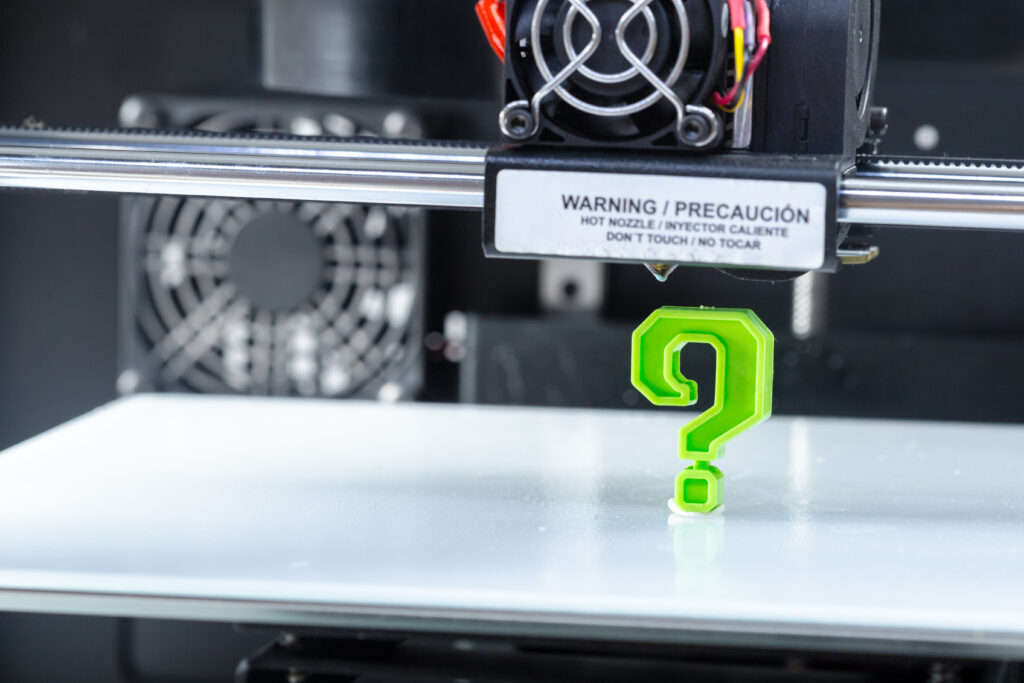The future of 3D printing is expected to bring significant advancements in a wide range of industries and applications, including manufacturing, healthcare, construction, and more. Some of the key areas where 3D printing is likely to have a significant impact in the future include:
- Materials development: researchers are developing new materials that can be used in 3D printing, including metals, ceramics, and polymers, which will expand the range of products that can be produced using 3D printing technology.
- Large-scale 3D printing: 3D printing technology is expected to become more efficient and capable of printing larger objects, such as buildings and infrastructure, which will have a significant impact on the construction industry.
- Bioprinting: advancements in 3D printing technology will make it possible to print living cells and tissues, which can be used to create replacement organs and other body parts for medical treatments.
- Personalization: 3D printing technology will enable mass customization of products, such as personalized prosthetics, dental implants, and consumer goods.
- Cost reduction: as the technology advances and becomes more efficient, the cost of 3D printing is expected to decrease, making it more accessible to a wider range of industries and individuals.
- Environmental impact: 3D printing has the potential to reduce waste, energy consumption and CO2 emissions, but more research and development is needed to make the process sustainable and eco-friendly.
Overall, the future of 3D printing is expected to bring significant advancements in a wide range of industries, allowing for faster, cheaper, and more efficient production of goods and services. However, challenges such as high costs and lack of standardization need to be overcome for it to be more widely adopted.




